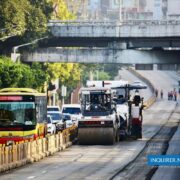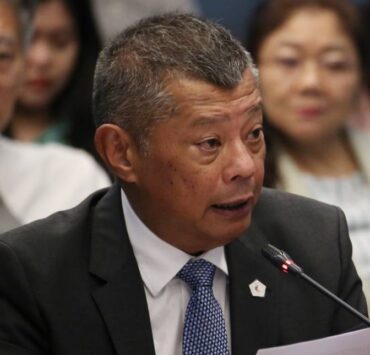Lawmaker again cites need for new building code

The Sept. 30 earthquake that hit Cebu and neighboring provinces should prompt Congress to immediately tackle his proposal for a new building code, a lawmaker said.
In a statement on Sunday, Surigao del Sur Rep. Romeo Momo Sr. said the magnitude 6.9 quake “is a wake-up call again. It shows the cracks not only in our buildings but in our outdated building regulations.”
“We need a building code that reflects the current and updated engineering standards, hazard maps, and climate realities—not one that was written decades ago,” Momo said of Presidential Decree (PD) No. 1096 issued in 1977.
PD 1096 continues to serve as the National Building Code of the Philippines, revising an earlier building code (Republic Act No. 6541) enacted in 1972.
Momo’s proposed Philippine Building Act (House Bill No. 8500) seeks to update the country’s standards regarding the “planning, design, construction, occupancy, maintenance, and demolition of buildings” and to streamline the building permit process.
The measure also proposes a new system of classification of buildings and new requirements for zoning, fire prevention, environment protection and building design.
The bill recommends further a structural review of buildings every 15 years.
‘Playing catch-up’
“I have been pushing for the bill since the last two Congresses. This is long delayed and our kababayans are paying the price for our failure to act,” said Momo, a former undersecretary of the Department of Public Works and Highways.
“We cannot keep playing catch-up every time disaster strikes. We owe it to the people of Cebu—and every Filipino—to make sure that the buildings they live, work, and study in are safe,” he added.
Momo’s measure was approved by the House in August 2023. But the 19th Congress, the legislature at the start of President Marcos’ administration in 2022, ended its three years without forwarding the bill to the President—which would have replaced the country’s over four-decades-old National Building Code if Mr. Marcos had signed it into law.
Lesson from Myanmar
Momo said the magnitude 7.7 earthquake that hit Myanmar in March should remind the Philippines to prepare for similar calamities—including a possible quake from the West Valley Fault, a segment of the Marikina Valley Fault System that cuts through Bulacan down to Metro Manila then Laguna.
Several experts fear that as many as 52,000 people may die and 500,000 others may be injured by a magnitude 7.2 earthquake from that fault.
A special report in 2019 by consultancy group PSA Philippines Consultancy Inc. showed that at least two earlier quakes recorded as originating from the West Valley Fault showed the possibility of a major quake called the “Big One.”
Other experts, however, believe that the Big One has already happened in earlier instances yet could still recur.

















